In the fourth project, I will express my theme Climate Changes through a small film. Through my research, the theme I explore is How to slow or stop the steady rise of sea level without affecting human life and ocean health? There is a fact that The earth is in an interglacial period, and temperatures will continue to rise in the future, no matter how well we manage global warming. So my research plan is as follows:
- Conducting a brainstorm to understand which factors are related to climate change.
- Categorize the content I have collected (1. happened and there are already ways to deal with it/ 2. something that is happening, and still looking for the methods to solve or slow down the pace 3. something that not going to happen anytime soon but it could happen in the future )
- Find out something furthest away from us on the timeline (future), then Research information about this
- trying to think about the way to solve it and make it visualize.
Step 1:

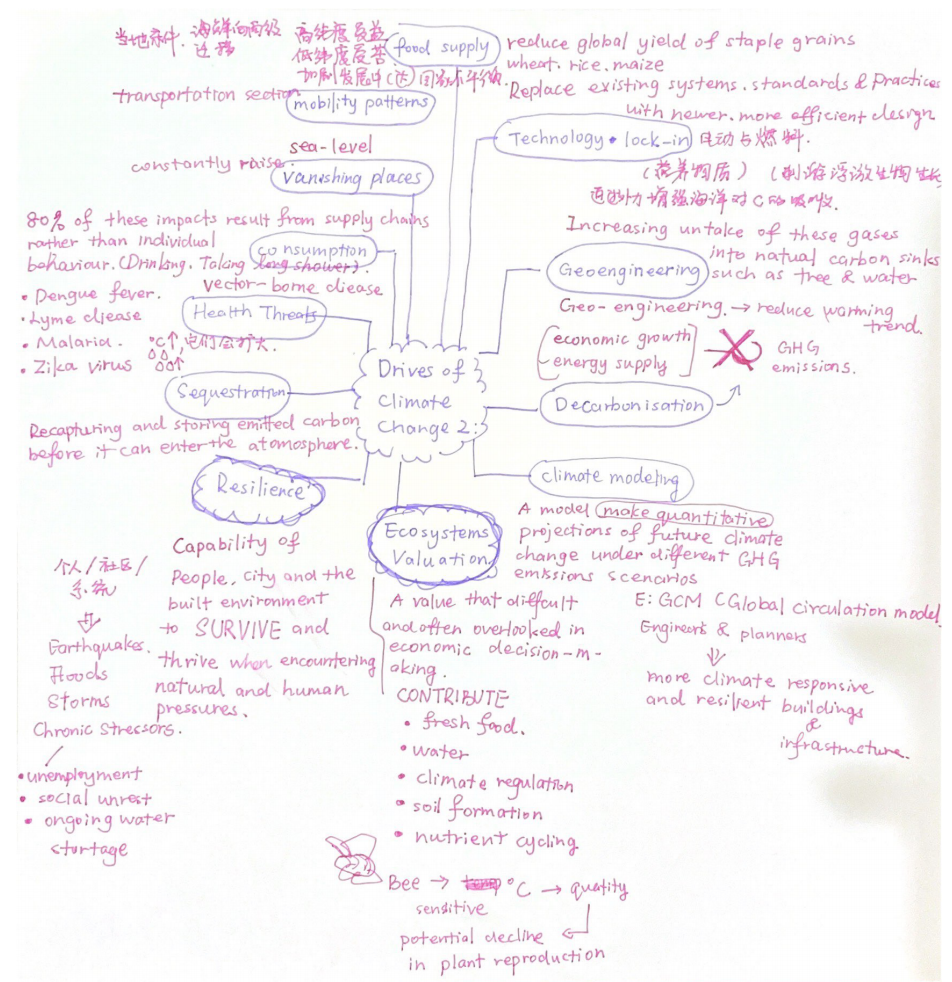
Step 2:
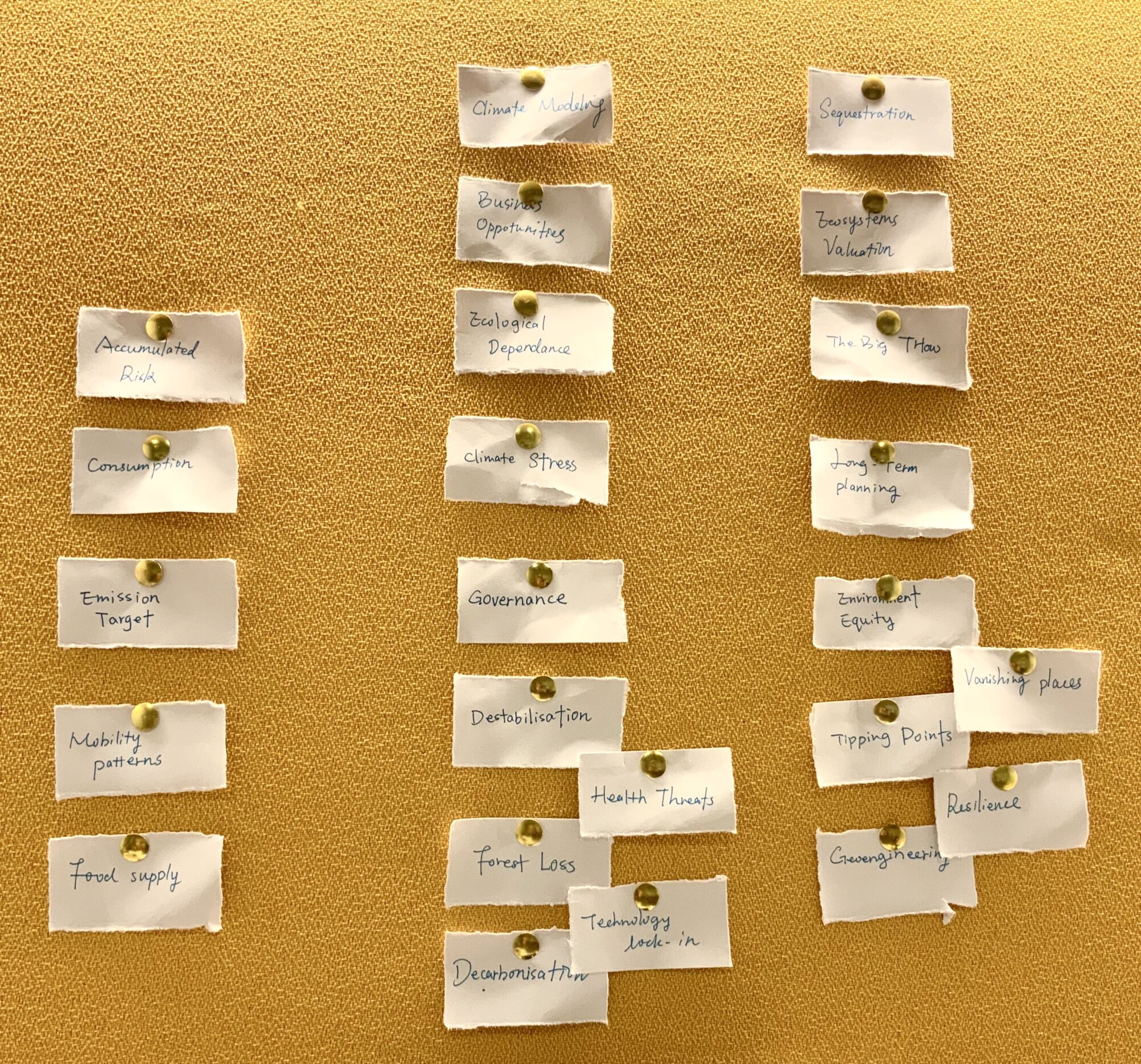
I divided the 24 related points into 3 categories: the left column means something happened and there are already ways to deal with it.
The middle column represents something happening and still developing the method to overcome or slow down the pace.
The right column represents It’s not going to happen anytime soon but it could happen in the future.
Step 3:
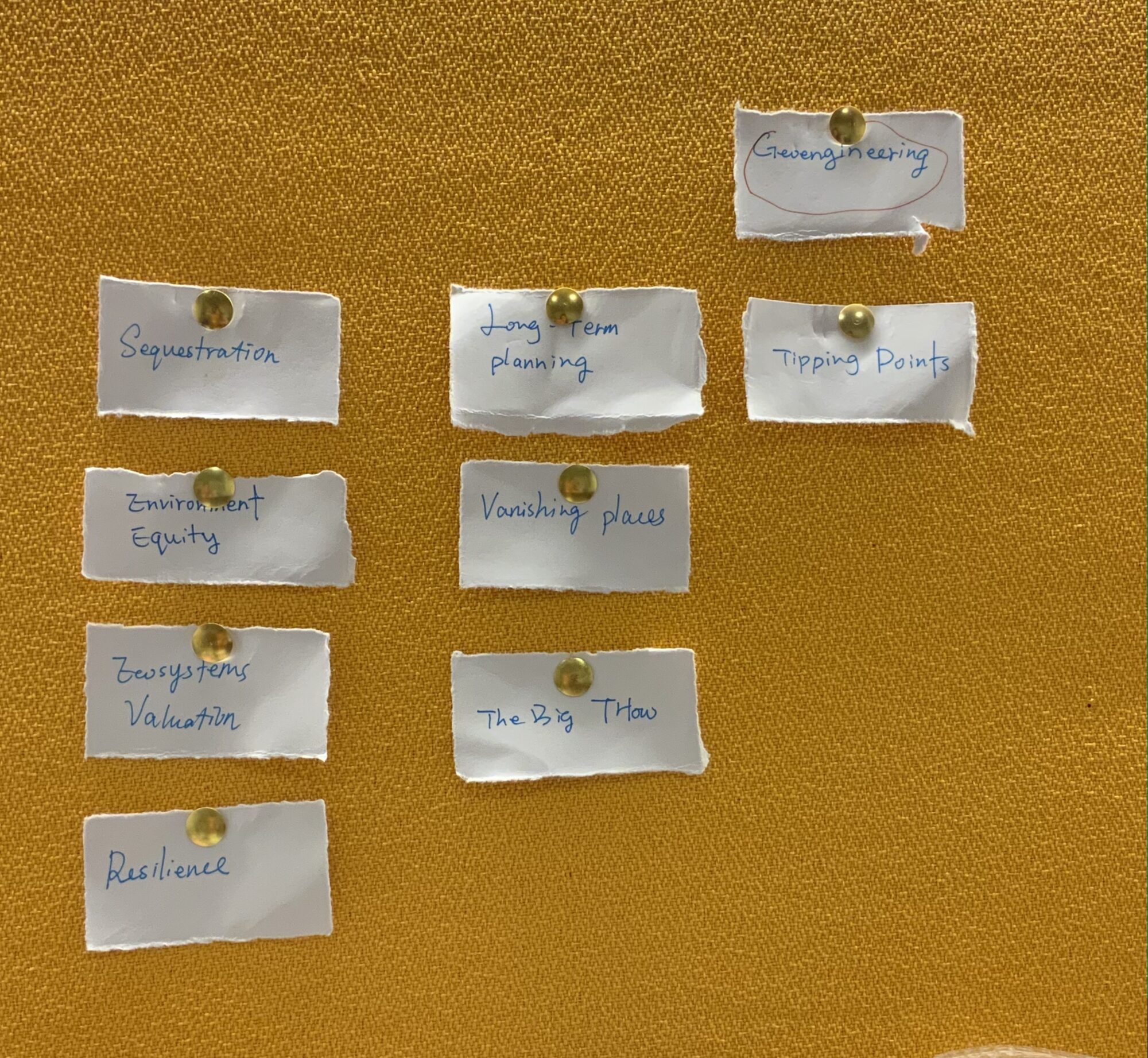
Through the display, I found that the correlation points that have not happened yet, but may occur in the distant future are geoengineering, tipping points, Long-term plan, vanishing places, The big Thaw.
Geoengineering:
A question now under consideration is how large-scale climate manipulation projects (geo engineering) could reverse or slow these warming trends.
Proposals to reduce the concentration of GHG focus on increasing uptake of these gases into natural carbon sinks such as trees and water. One concept suggests intensifying ocean absorption of carbon by increasing the productivity of marine life, accomplished by adding nutrients to ocean water, thus stimulating plankton growth.
Approaches to reducing the amount of received sunlight on earth include constructing orbital mirrors to create a ‘reflective shield’, increasing ocean cloud cover via spray-based cloud seeding, and artificially polluting the upper atmosphere with sulfur dioxide aerosols to mimic the reflectivity of volcanic ash.
Tipping points:
When a climate system reaches its ‘tipping point’ (the threshold at which the future state of a system is irreversibly altered) drastic change becomes a permanent condition. Extra-systemic climate ‘forcing factors’ are often the initial drivers of climate change; these include declines in surface reflectivity (albedo), and human-induced aerosol emissions. As these forcing factors increase in frequency and severity, the process accelerates, leading to irreversible
and catastrophic developments. Polar ice loss, ocean circulation shifts, rapid methane release,
rainforest deforestation, weather instability and the mass extinction of marine and terrestrial species are potential tipping points, endangering earth’s ecosystem as a whole.
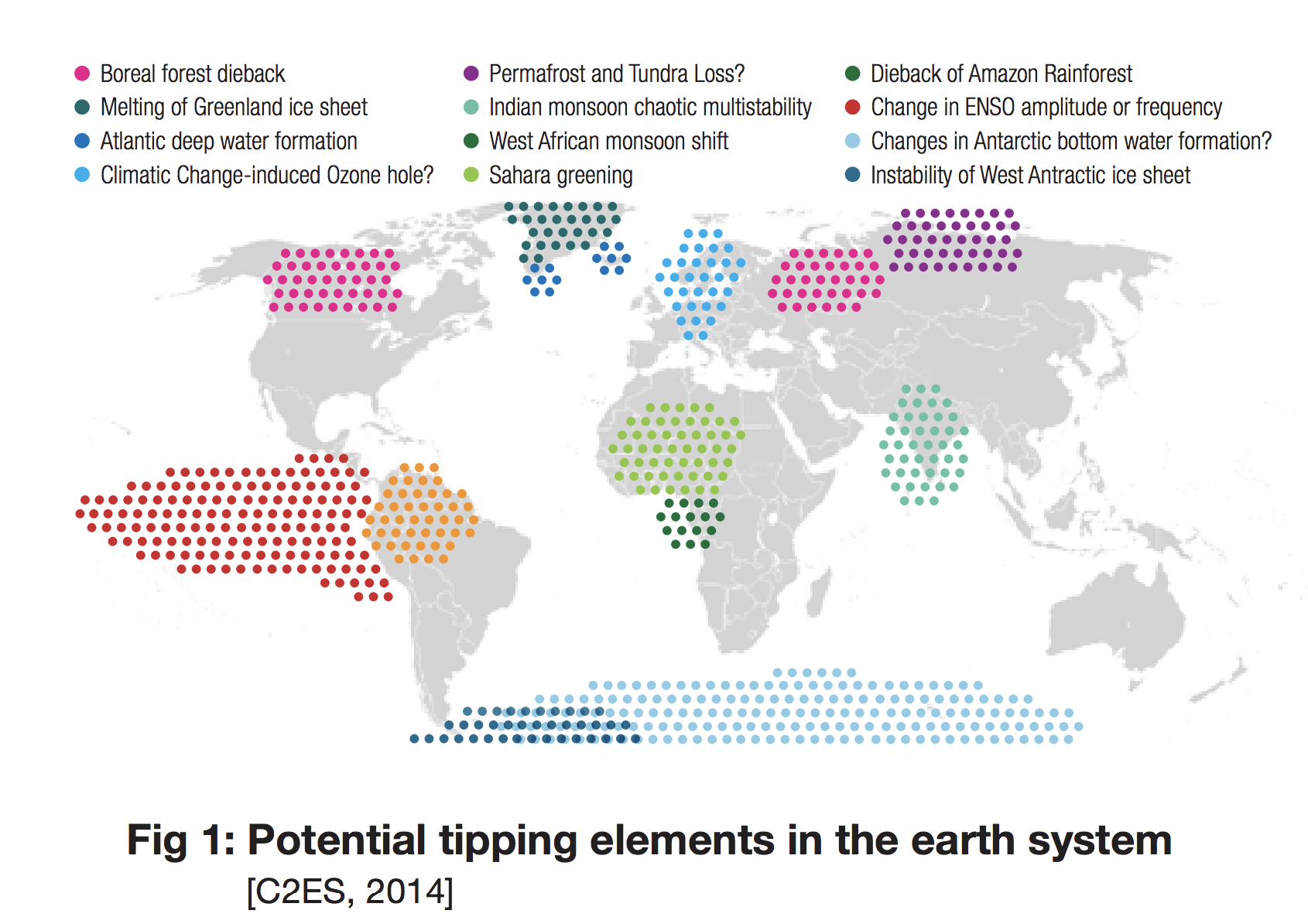
Long-term plan:
The costs of climate change, in terms of policy action or inaction, cannot be quantified within a typical 2–6 year electoral cycle. Thus, decisionmakers motivated by legitimate shortterm challenges are not incentivised to “pay now” to address future problems. This near-sighted approach will lead to significant economic losses, as preventative climate action measures are projected to be 20 times more cost-effective than reacting after impacts have occurred.
Vanishing places:
Sea levels are currently rising faster than at any time in the last 22 years (Fig 1). Scientists predict an additional rise of between 0.9–1.2m by 2100. With nearly half of the world’s population located within 150km of a coastline, global sea level rise and coastal erosion will dramatically impact where people can live. Port cities such as Alexandria, Barranquilla and New York are already imperiled by rising sea levels; in the near future, near-coastal cities where flood risk has not been a historical concern will also feel these impacts.
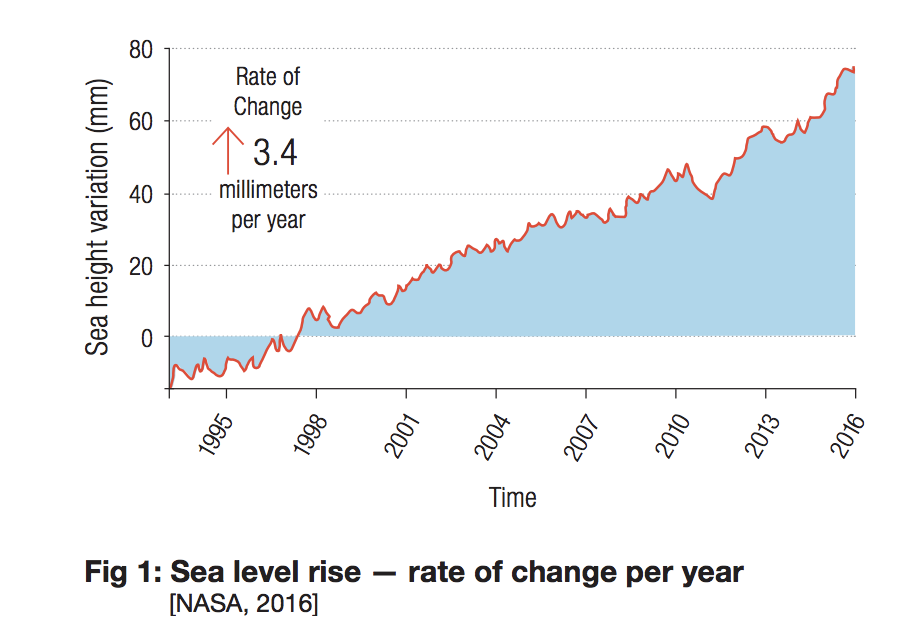
The big Thaw:
One of the most tangible impacts of global warming is the widespread disappearance of land and sea ice. Global sea warming, and expanding waters, account for one-third of universal sea-level rise, while the remaining two-thirds is a result of melting ice sheets in Greenland, Antarctica and mountain glaciers. Extreme projections of polar ice sheet melting anticipate a resultant rise in sea levels of over 6 meters by the end of this century.
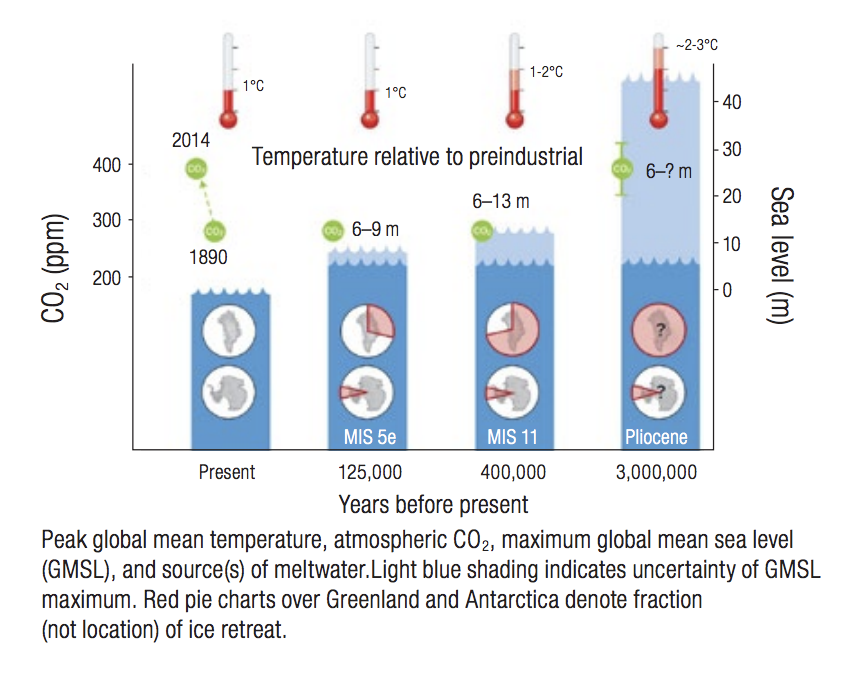
What will be your design challenge for this project?
First of all, my research will be made in the form of a small film. Data is the most important thing in the research of this project. I want to try a more rigorous design style, which is very different from what I tried before.
Future performance is another difficulty. The reason is that this is something that doesn’t exist yet. My ideas may lack the professional theoretical assistance of related disciplines and be limited to the imagination of the future, so I may need to take some network materials to assist me in the design of the future. Besides, Because of exploration areas and security issues, I might choose a different way to represent sea level rise and might use some gloom, which is something I’m exploring right now.
